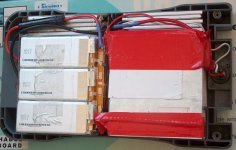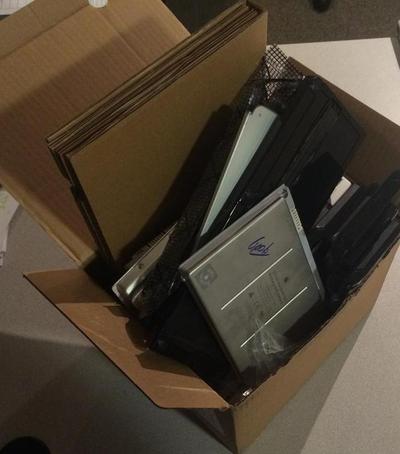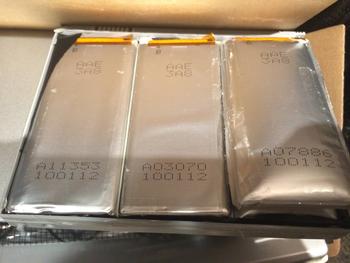dnmun
1 PW
kje said:I would never charge my batterypack with a lead acid charger.
Thanks for the inputs folks! I discovered my Imax B6 works with the 11-18V DC input.
After charging my batterypack without balancing, all 3 cells was at excatly same voltage! Thats nice.But how can that be when they where unbalanced before charging?
i don't think you understand what balanced means. a battery pack is balanced when each of the cells will discharge the same amount of charge from fully charged state to fully discharged state. none of this gobbledeegook about balancing according the voltage at the end of charge means anything.
you will know if your battery is balanced if you discharge it fully to the discharged state where the BMS cuts it off and all the cell voltages are the same. not at full charge.







